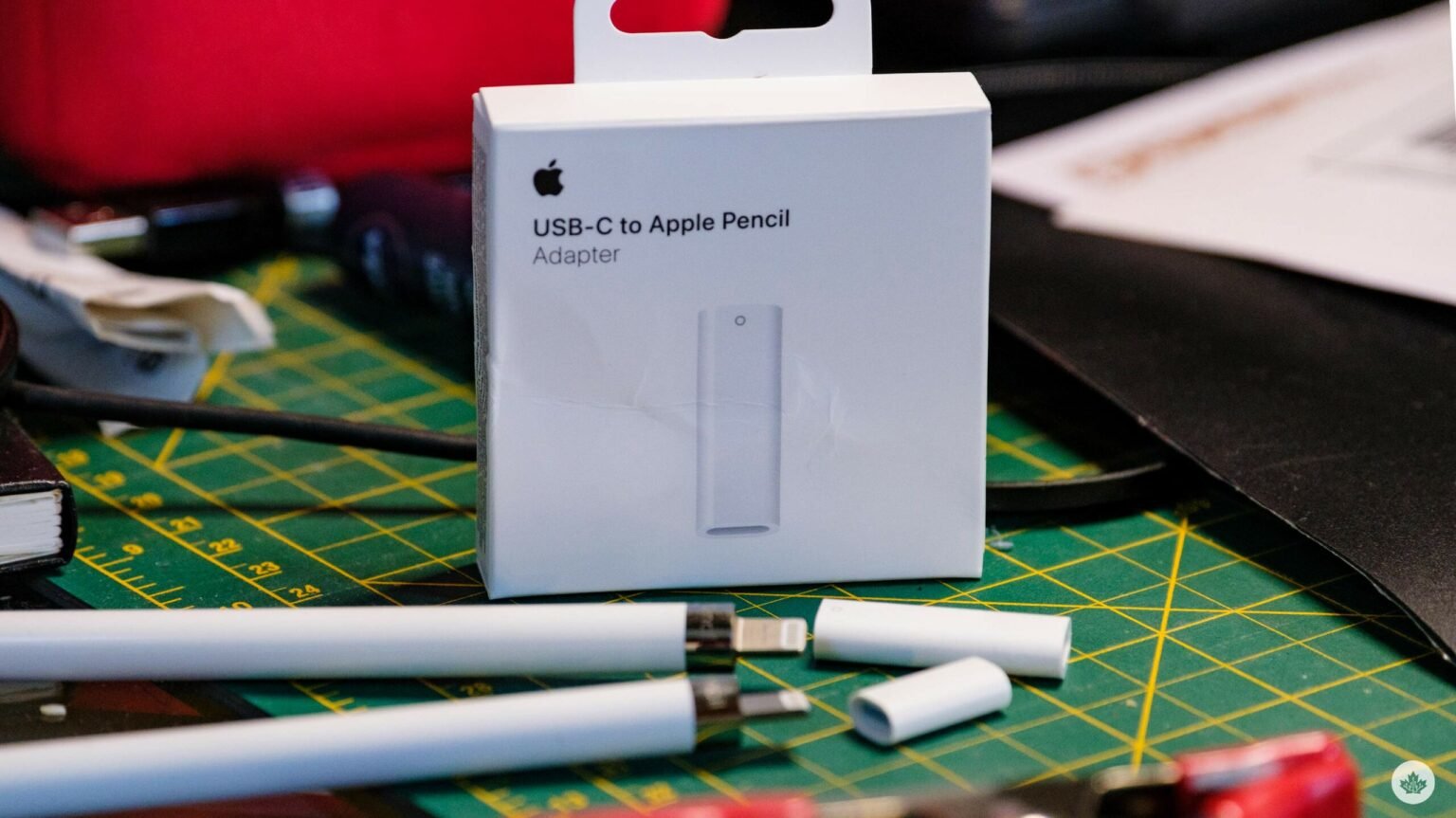Table of Contents
ToggleWhat is the Inactivity Reboot Feature?
The inactivity reboot is a mechanism that triggers an automatic reboot on any iPhone which remains locked for a continuous period of 72 hours, equating to three days. Unlike reboots prompted by network or power settings, this is initiated purely by the device’s inactivity in a locked state. This security attribute is central to ensuring your data remains protected from unauthorized access.
Understanding the Inactivity Reboot Process
Originally set for a seven-day interval with the initial release of iOS 18, Apple refined this feature to a three-day trigger window in the subsequent iOS 18.1 update. Notably, the reboot occurs without any prior user alerts, apart from the ensuing lock screen notification requiring a passcode as the device restarts. Such improvements underscore Apple’s commitment to advancing iPhone security.
Why Was the Inactivity Reboot Feature Introduced?
The primary objective of introducing the inactivity reboot is to enhance the security of the iPhone by maintaining access to encryption keys stored within the Secure Enclave Processor. This feature aims to thwart attempts to bypass device security, either via forensic tools or by unauthorized individuals.
Security Benefits for Users
For everyday iPhone users, the inactivity reboot offers a significant advantage in safeguarding personal data. By routinely securing encryption keys, it reinforces data protection even when the device is unattended or potentially at risk of theft.
States of the iPhone: Before and After First Unlock
iPhones operate in two core states: “Before First Unlock” (BFU) and “After First Unlock” (AFU). The BFU state, achieved post-inactivity reboot, is the most secure, with all user data comprehensively encrypted and accessible only through the user’s passcode. In contrast, the AFU state allows certain data to be relatively more accessible, making the inactivity reboot pivotal in maintaining optimal security.
How Does the Inactivity Reboot Impact Forensic Investigations?
This feature poses a considerable challenge for forensic investigations, reducing the time available for data extraction by law enforcement before a device enters the BFU state. This narrows the opportunities to utilize forensic tools effectively, necessitating adjustments in data acquisition strategies.
Strategies for Investigators
Forensic experts need to adapt their methodologies to ensure prompt data collection. Strategies might include developing advanced tools to operate within the restricted timeframe or adjusting procedural protocols to prioritize time-sensitive data extraction efforts effectively.
Detection and Documentation of Reboots
Detecting whether an iPhone has undergone an inactivity reboot can be achieved by accessing the shutdown.log file located within the iOS file system at /private/var/db/diagnostics, which records reboot timestamps. Additionally, searching through unified logs for “inactivity reboot” verifies the type of system reboot.
Call to Action
Do you have experiences or opinions about the iOS 18 inactivity reboot feature? I invite you to contribute your insights. Stay connected and updated by subscribing to future posts on iOS security. Visit FROZENLEAVES NEWS for more stories on cutting-edge security developments.






